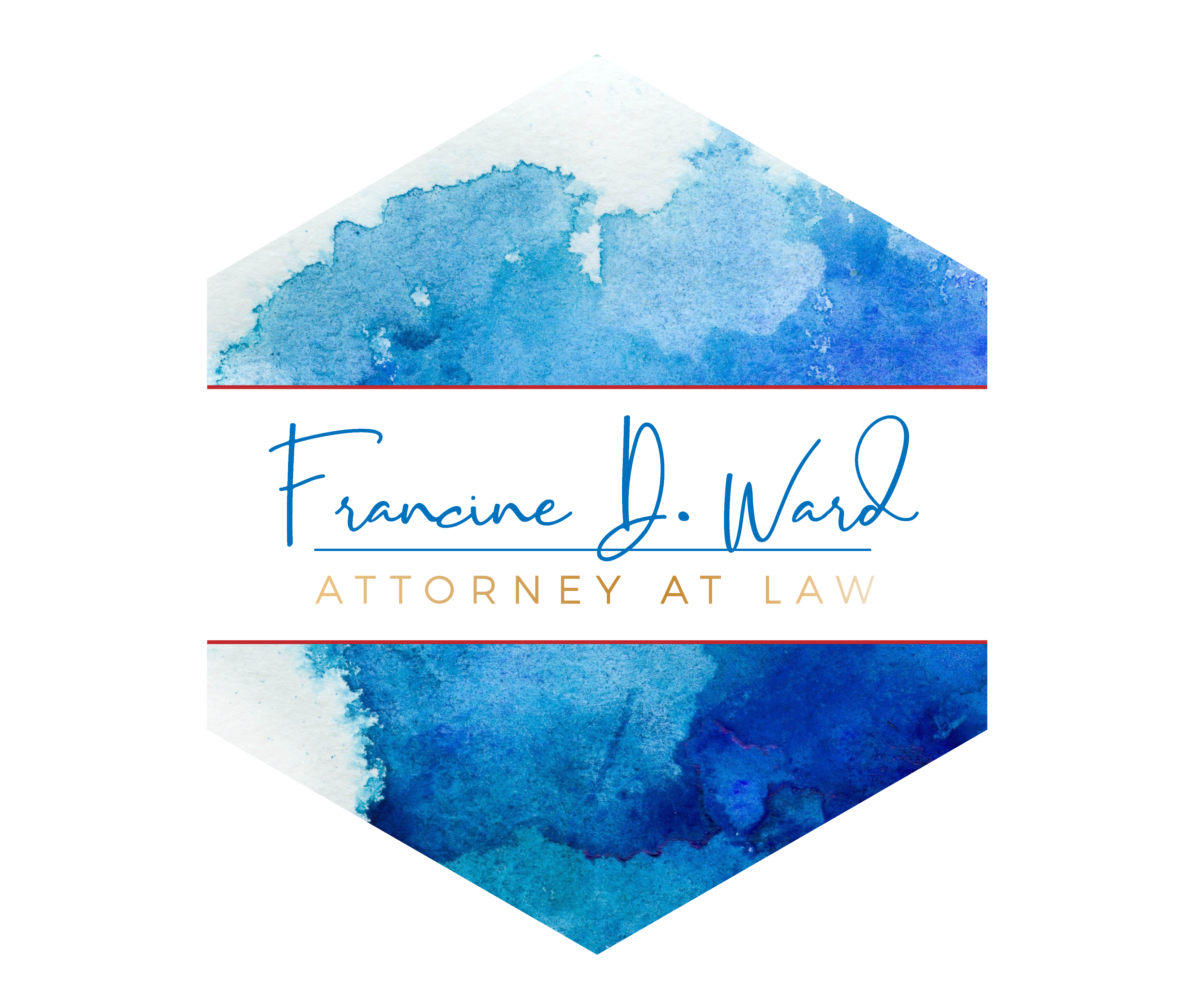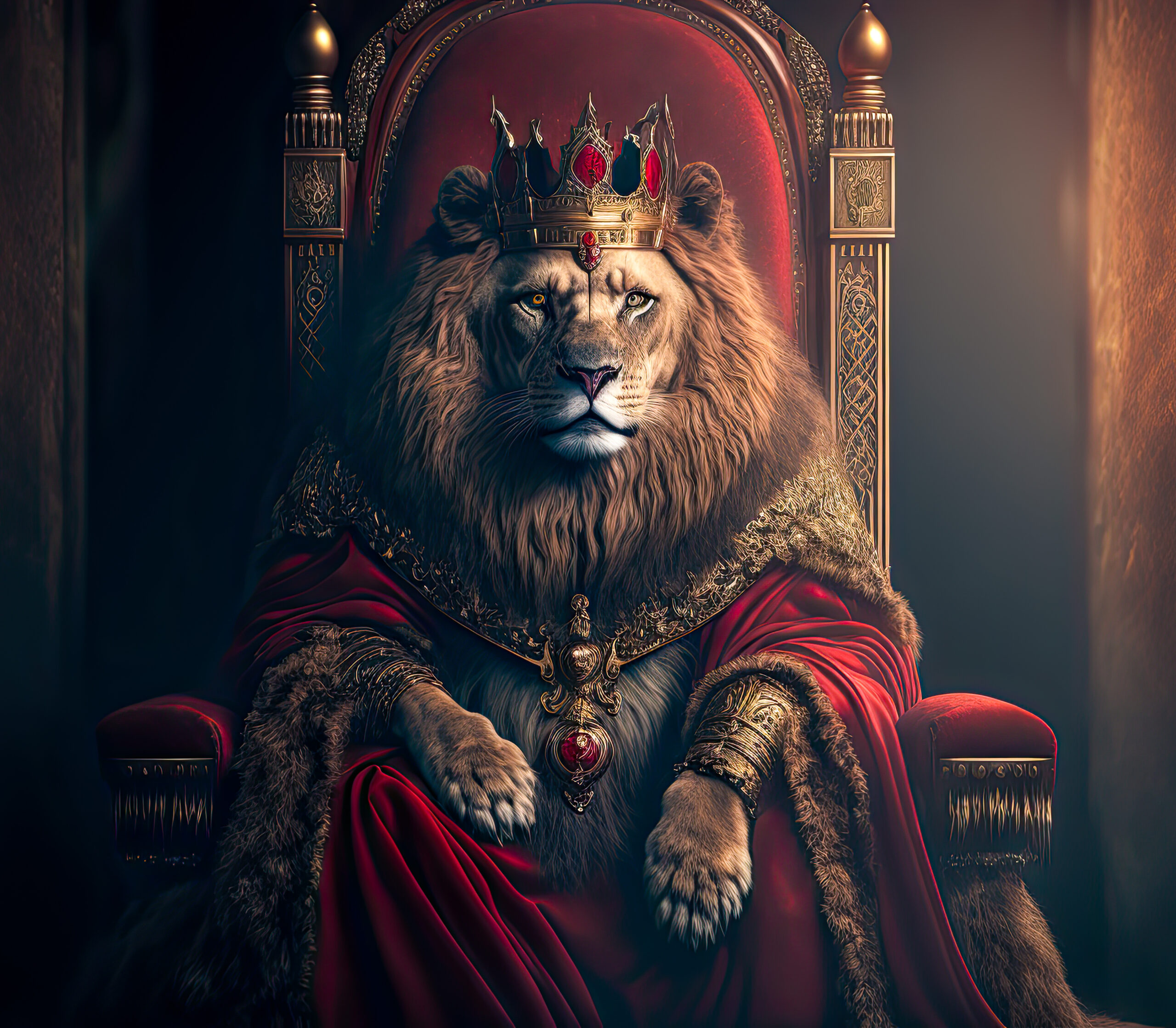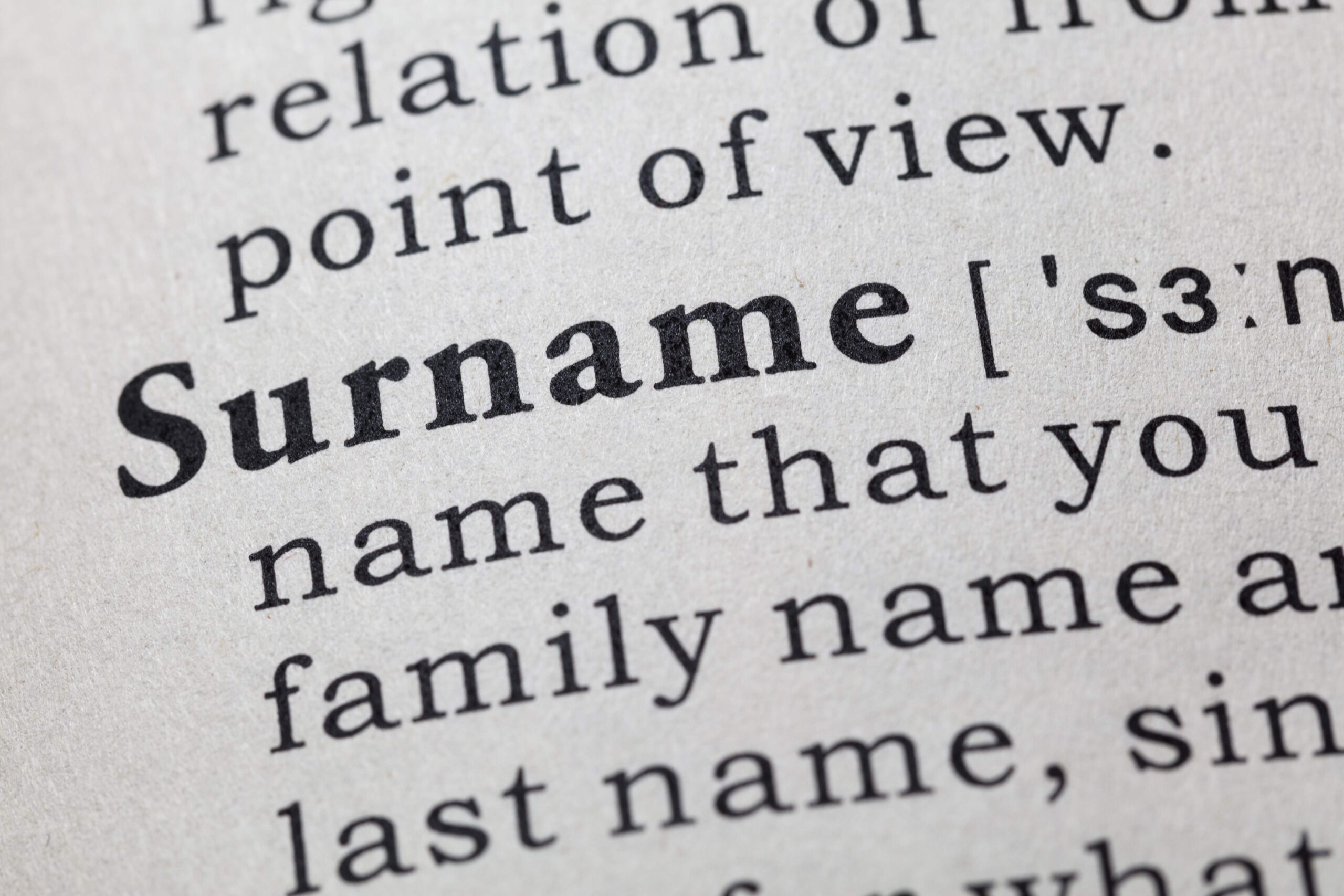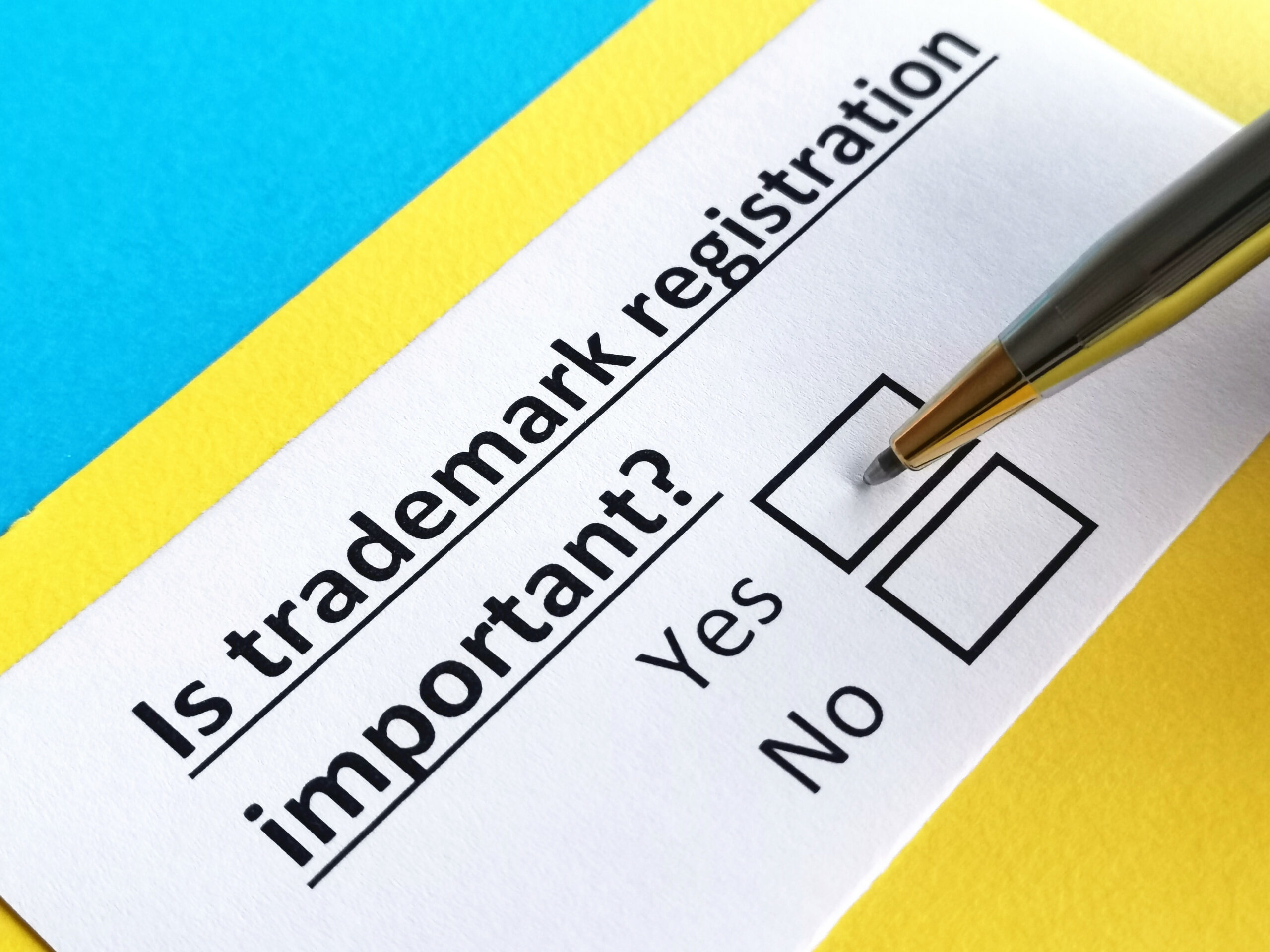Why Pet Owners Should Consider a Pet Trust.
Pet trust. Creating an estate plan is about protecting what’s important to you. Most estate planning conversations focus on the spouse, the children, and in some cases the grandkids. If you are like me, a devoted parent of “furry children,” then you care about what happens to them, too. Consider asking yourself, “What happens to my pet when I die, become incapacitated, or just unable to care for them?”
Why a Pet Trust.
This is where the pet trust comes into the picture. A pet trust can either be a standalone trust document or incorporated into an existing trust. If you love your pets, your overall estate plan strategy should include caring for them. The thing to remember is that your estate plan is about protecting what matters to you. So, even if you think you will outlive your pets, you never know. Why not be safe rather than sorry.
How a Pet Trust Works.
- Determine how much money you want to leave for the care of your pet(s). Consider food, veterinary bills, grooming, and other items that relate to the care and maintenance of your animals.
- Identify your pet trustee. When the pet trust becomes active (upon your death or incapacity) they manage the funds you have set aside for your pet’s benefit.
- Decide on a caretaker who will have actual custody of your pet. The caretaker will also be responsible for the care of your pet.
- After your pet or the last of your pets has died, the trust may terminate. That depends on your wishes. Sometimes any monies left over will be distributed to your remainder beneficiaries. You also have other options.
What a Pet Trust Avoids.
Contrary to popular belief, pets have feelings, too. Without a plan in place, it can be difficult for them when you die or become incapacitated. Sometimes your furry friends can be overlooked as other life details are being addressed. And sometimes without a plan, your furry family member can be abandoned, or even euthanized. The pet trust provides a legal tool to ensure that your beloved dog, cat, bunny, horse, or other pet is properly protected.
Basic trust structure.
No doubt, trusts can be complicated. That said, getting your affairs in order is a reasonably straightforward process. You just need to do it. A pet trust is a trust. All trust have the same basic components. Here is a quick review of a trust’s structure. There’s a grantor, settlor, or trustor (the person who creates the pet trust—you). Then there is the trustee (the person you choose to manage the trust assets). There is the beneficiary (the pet or pets). Then there are reminder beneficiaries (who/what will receive assets after your pet dies).
Decisions You Must Make at the Outset.
Regarding pet trusts, there are decisions you must make to ensure everything works as planned:
- Identify the remainder beneficiaries. If assets remain after the death of your pets, the remainder beneficiary will receive them. Who or what will that be? Some people leave the remaining assets to a charity or animal rescue, some to pets belonging to people they love, and some to other family and friends. The law is flexible. You can do what you want with your assets. It’s your choice.
- Identify your pet’s caretaker. Think of this role as the guardian for your pets. This will be the specific person to take care of your pets when you are unable to do so. Just make sure you choose someone who will carry out your desires and not theirs. Through the trust document, you authorize your trustee to distribute money to the caretaker for supplies, vet visits, vaccinations, medications, toys, and whatever else you specify. You can even allot money to compensate the caretaker.
- Identify an amount to set aside for the care and feeding of your pets. You can estimate anticipated costs over the pet’s expected lifetime, plus a little margin for safety. With this approach, the goal is to provide for the care of the pet only. Others want to use the pet trust as a method for caring for their pet, but with an eventual charitable goal (e.g., a local animal shelter). Many of these people will allocate a large sum of money with an expectation that there will be money left over upon the pet’s passing. You get to decide how much to set aside, which depends on several factors. You can change your decision at any time, as you and your pet’s circumstances change.
A Plan for the Future.
Maybe you’re thinking, what if I outlived my pet? Do I still need a pet trust? Well what if you don’t? Wouldn’t you want to make sure your beloved family member is properly cared for?

Francine D. Ward
Attorney-At-Law, Author, Speaker
Follow Francine:
Don’t miss Francine’s Latest Blogs:
- AI and PatentsAI and Patents. Understanding Patent Law in the Age of AI. Patents, along with Copyrights, Trademarks, Trade Secrets, and Rights of Publicity, are one of the five areas of practice… Read more: AI and Patents
- Effective Goal SettingSetting Goals. It’s that time of year, time to plan for effective goal setting. A time when some of us start thinking about goals for the upcoming year. If you… Read more: Effective Goal Setting
- Indemnify AI UseBeware of companies that say they will indemnify AI use, that they will pay ALL the legal costs incurred by customers using Generative AI services (like ChatGPT, CoPilot, or Bard).… Read more: Indemnify AI Use
- Trademark A NameHow to Trademark a Name A trademark can be a word, phrase, design, logo, color, sound, or a combination of those things that identifies the source of a product or… Read more: Trademark A Name
- AI and copyrightThe Ongoing AI Authorship Debate. Artificial Intelligence (“AI”), while not new, has become the new darling of the technology world. AI-generated works of art have ignited a firestorm among legal… Read more: AI and copyright












